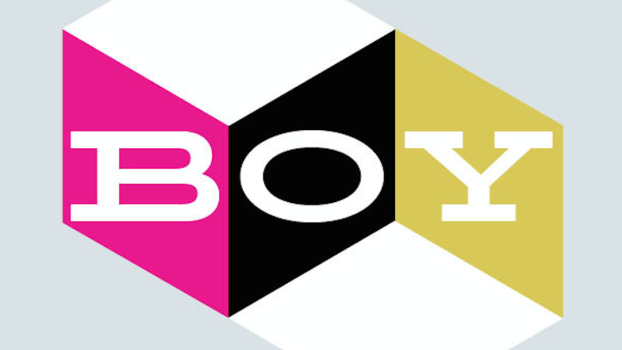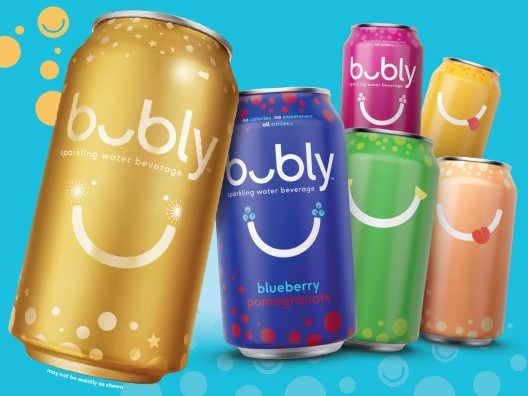By Will Novosedlik
When news that Pret a Manger is teaming up with A&W to bring its products into Canada, folks familiar with the London-based fresh food purveyor got very excited in the comments section of local Toronto news sites, with comments ranging from “love it” to “I’ve waited 22 years for this!”
Pret a Manger is famous in places like London, New York and Hong Kong for its banks of fridges stocked with a huge volume and variety of freshly made sandwiches, soups, desserts and coffee. Each location has its own kitchen and the stock is constantly refreshed. And to top it all off, it’s a cause-based brand, giving away any food it doesn’t sell at the end of every day. What’s not to love?
“It’s like Freshii on steroids,” describes Robert Levy, founder and president of Toronto-based consumer insights and brand strategy firm Brandspark. Details about the partnership have been scant thus far, but A&W will bring unspecified Pret a Manger products to test locations over the course of two years, beginning within Q1 of 2022. If the pilot is successful, A&W will receive the exclusive franchise rights to expand the Pret brand across Canada, while Pret takes another step in its own global growth strategy.
An admitted fan of Pret a Manger, Levy also spent seven years in senior roles at Cara Foods during the 90s, a period of many experiments in co-branding for its iconic Harvey’s and Swiss Chalet brands.
There was the attempt to offer Church’s Chicken at Harvey’s. There was the co-location of Harvey’s and Swiss Chalet, or selling Swiss Chalet food at Harvey’s. There was putting Harvey’s locations at Home Depot. All of these decisions were made in a bid for operational efficiency and growth.
Many of them failed.
The reasons were several, but perhaps the most fundamental one was not taking the time to understand brand perceptions or customer expectations.
“Some worked, some didn’t,” explains Levy. “The Home Depot partnership was a great success. Church’s failed because no one in Canada was familiar with it, and the various combinations of Harvey’s and Swiss Chalet had underwhelmingly mixed results.”
There are also more recent examples of what happens when hype causes some blurred vision when assessing the upsides of a partnership. While A&W has had resounding success being the first QSR in Canada to add Beyond Meat to the menu, Tim Hortons’ attempt to offer the plant-based burger on its menu fell flat.
So how can A&W ensure that its experiment with Pret a Manger will succeed? Or, what should other brands looking to pursue similar partnerships in the future keep in mind?
There are some overlaps between the brands that make a partnership logical: both have embraced social and environmental causes, and both are focused on healthier or naturally sourced food.
Beyond that, they are very different brands. Pret a Manger is more premium than A&W, but also doesn’t have the same brand equity as it does in the U.S. or U.K., so may not be as big of a draw to Canadians. One makes burgers and fries, the other makes fresh and healthy lunches. And Pret a Manger is more than its food, and its full experience requires a very different operational approach than A&W.
But every challenge has a solution.
“When you look at brands like Chick-fil-A or Popeye’s, they were both relatively unknown before coming here,” points out Levy. “They both built their own locations so they could deliver the whole brand experience. Even though Chick-fil-A had a lot of negative baggage, especially coming into the Toronto market, it remained focused, took its time, and now you have line-ups to get in.”
So the big risks for A&W are that people who do know Pret a Manger will only be getting a small piece of the brand experience they have come to know and love. People who don’t know the brand may experience a disconnect at the sight of fresh food in a fried-food QSR. Either way, lunchbag letdown may be the result, unless A&W keeps one lesson in mind: a brand must remain true to itself, which means understanding what about Pret a Manger’s value proposition resonates with its current customer, or how to make the Pret a Manger experience enticing for new ones.
























